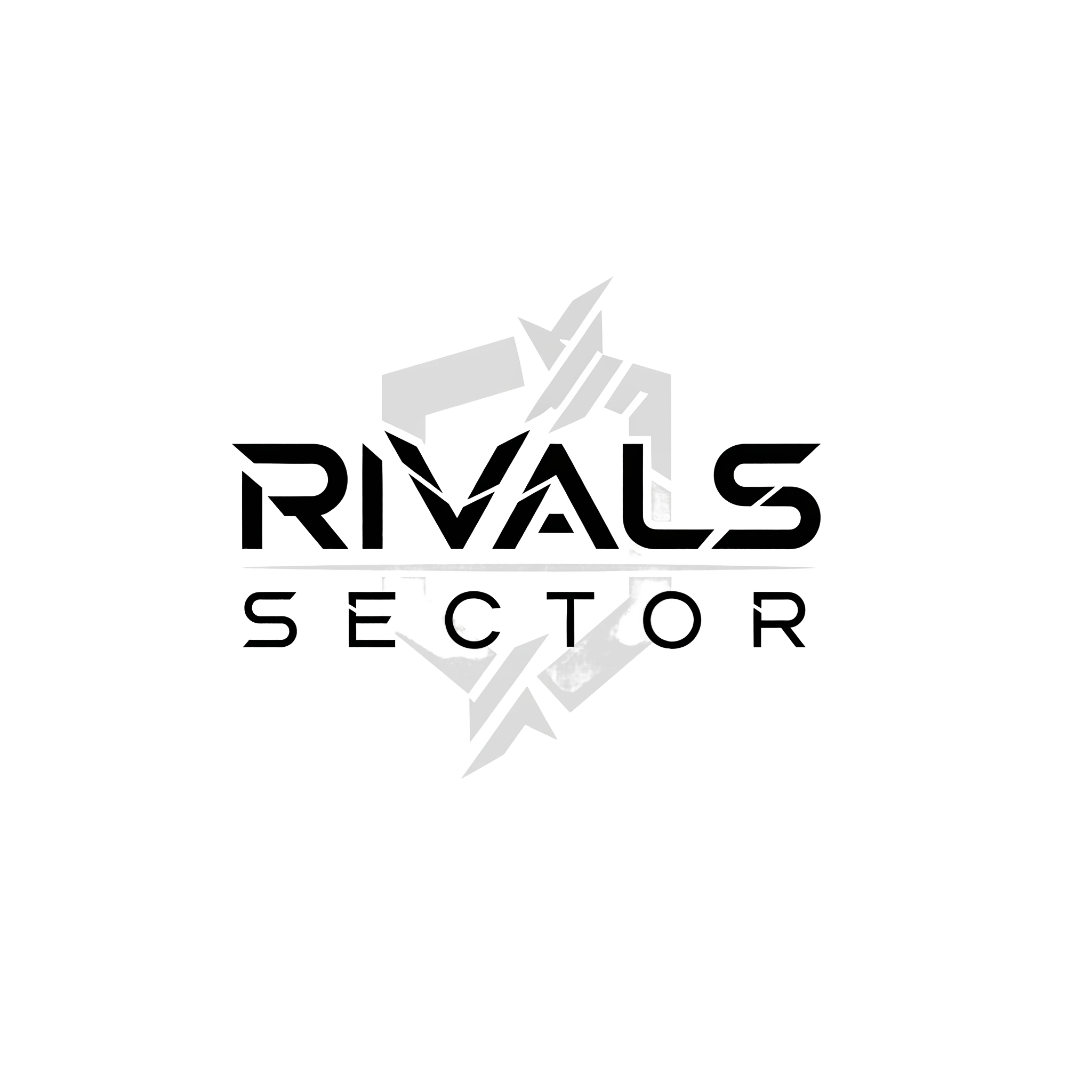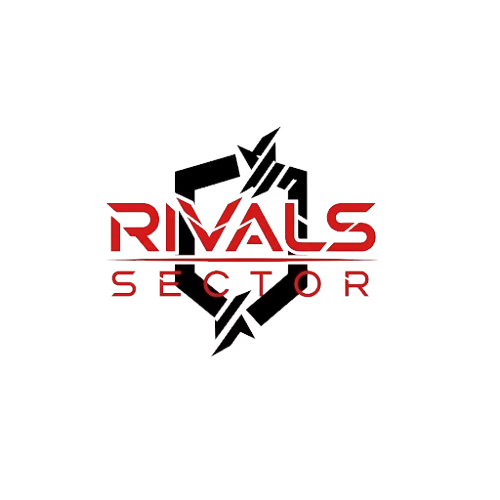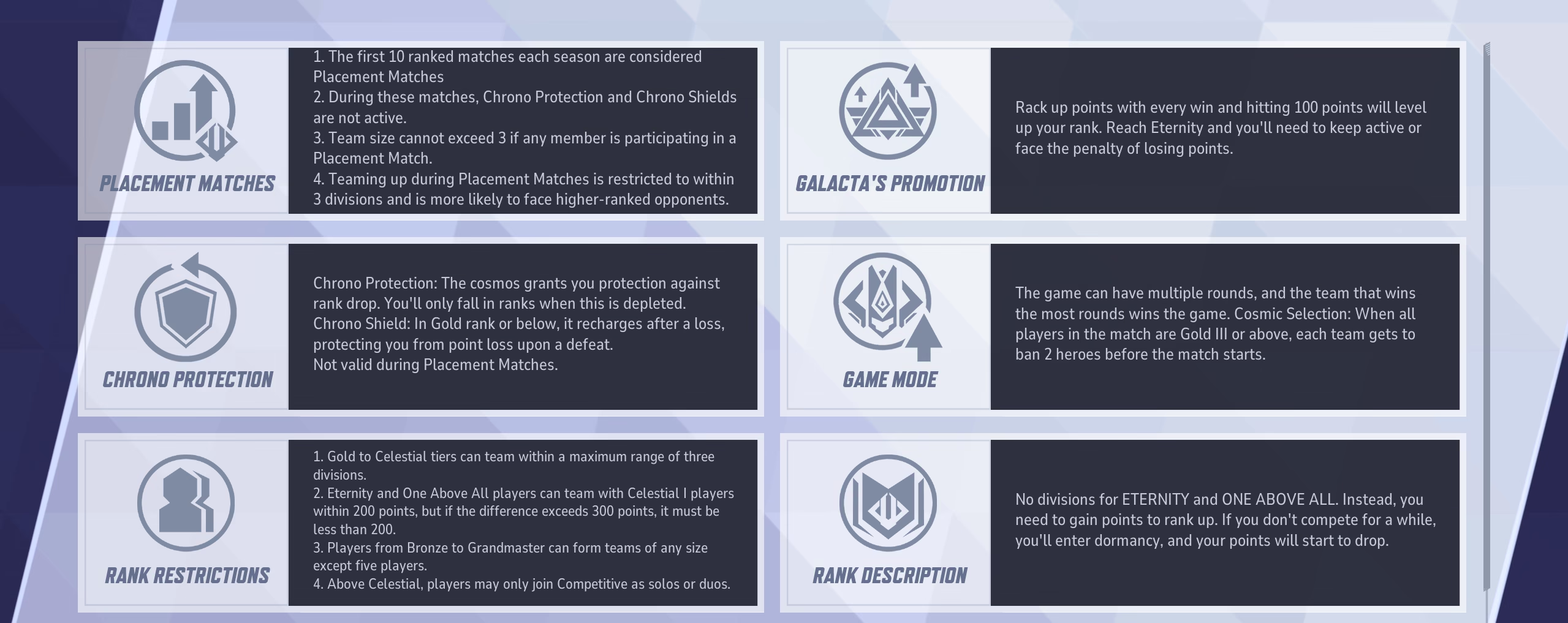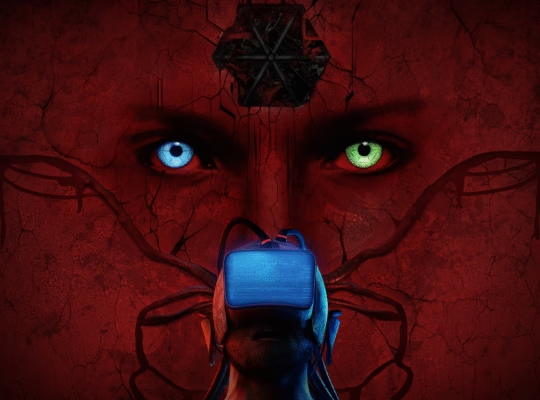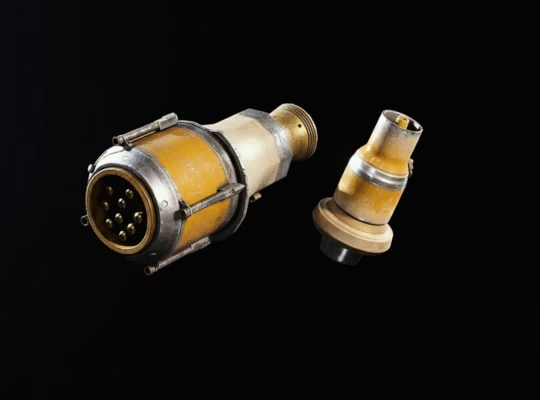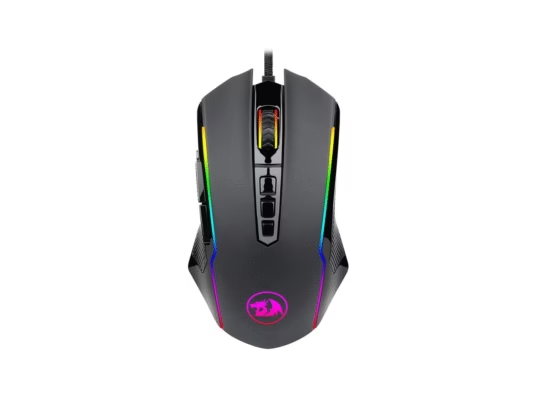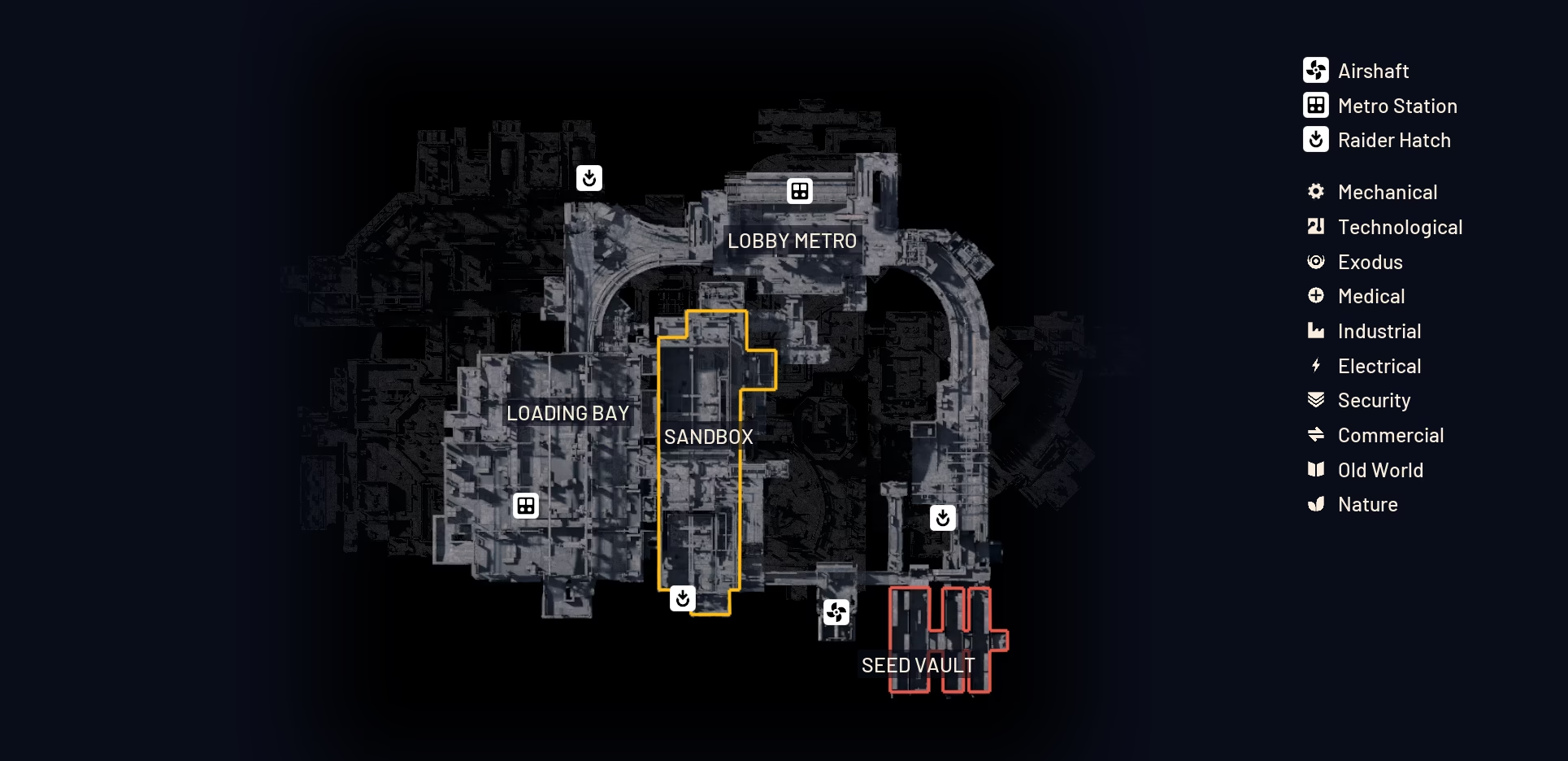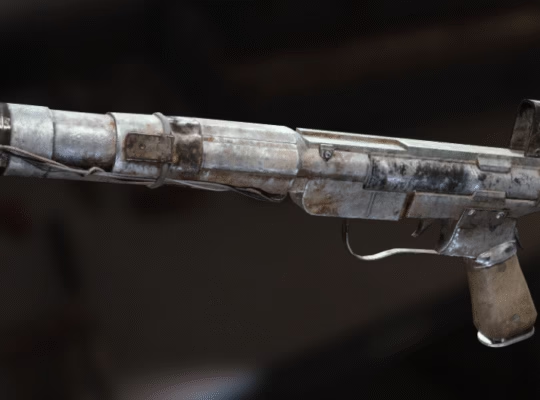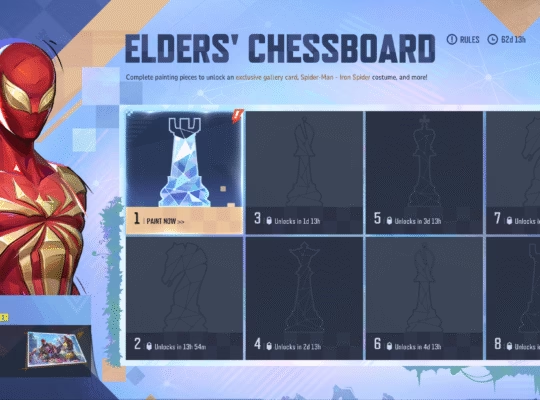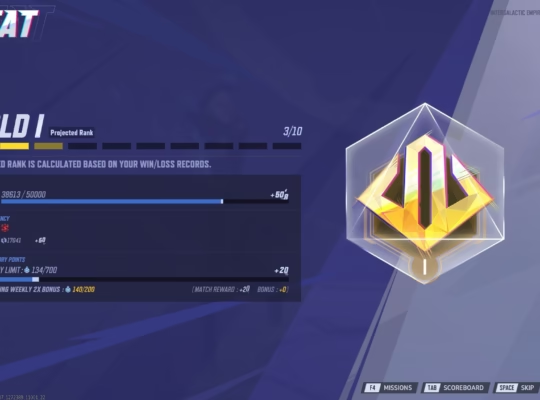Hey, heroes, Elias here from Rivalsector.com. I have been in the competitive gaming scene for a long, long time. I have lived through the rise and fall of metas, the launch-day bugs, and the thrill of a brand-new ranked grind. And let me tell you, there is nothing quite like the feeling of diving into a new hero shooter like Marvel Rivals. It has that perfect blend of chaos, strategy, and high-octane action.
The game truly comes alive in its competitive mode, “The Grand Tournament.” This is where the real test of skill and teamwork begins. If you are looking to dive into the ranked fray, or if you are already “hardstuck” and wondering where you actually stack up, understanding the ranked system is key. It is not just about the shiny icon next to your name, it is about what that rank says about your journey.
Today, I am going to break down every single aspect of the Marvel Rivals ranked system. We will cover the climb, the tiers, and most importantly, the real rank distribution that shows where the player base actually lands.
Your “Training Montage”: Unlocking Ranked
My first piece of advice for any aspiring ranked god? Do not rush it. The developers have a smart system in place: you cannot even queue for competitive play until you reach player level 15.
I have seen so many players in-game call this a “grind,” but I see it as a mandatory training montage. This is your time to learn without the pressure of a rank on the line. Use these 15 levels to your advantage.
- Get a feel for at least two or three heroes.
- Learn the map layouts. Where are the health packs? What are the common flanking routes?
- Understand the core objective-based gameplay. This is not a team deathmatch.
- Experience the chaos of team-ups and learn what different hero synergies do.
This initial period is your foundation. A strong foundation means a smoother climb.
The Grand Tournament: All Tiers Explained
The Marvel Rivals ranked system is pretty straightforward and will feel familiar if you have played other modern shooters. There are nine core ranks. Most of them are broken down into three divisions (or tiers), starting from III (the lowest) and going up to I (the highest).
You earn points for winning and lose them for losing. To get promoted from Bronze I to Silver III, for example, you need to win enough matches to cross that threshold.
Here is the full structure of the ladder:
| Rank | Divisions |
| Bronze | III, II, I |
| Silver | III, II, I |
| Gold | III, II, I |
| Platinum | III, II, I |
| Diamond | III, II, I |
| Grandmaster | III, II, I |
| Celestial | III, II, I |
| Eternity | No Divisions (Point-based) |
| One Above All | No Divisions (Top 500) |
Notice the change at the top. Once you fight your way out of Celestial I, you enter Eternity. This is where the game stops holding your hand with divisions. You are now on a pure, point-based leaderboard, fighting for every single point against the best players in the game.
The One Above All rank is the ultimate prize. It is not a rank you can just “hit.” It is reserved for the Top 500 players in your region. This is the goal, the true testament to your skill and dedication.
The Big Reveal: Where Does Everyone Actually Rank?
Now for the main event. Where do you really stand? It is easy to feel “average” when you are stuck in Gold or Platinum, but the official data, released by the devs, tells a very different story.
This data is based on players who have completed at least five competitive matches, filtering out the accounts that just logged in once. This gives us a
much more accurate picture of the active player base.
Here is the breakdown:
| Rank Icon | Rank | Percentage of Active Players |
| Bronze | 24.9% | |
| Silver | 10.1% | |
| Gold | 12.5% | |
| Platinum | 13.6% | |
| Diamond | 15.4% | |
| Grandmaster | 15.2% | |
| Celestial | 6.6% | |
| Eternity & One Above All | 1.7% |
What This Data Really Means
Look at that table again. It is not the perfect pyramid you might expect.
1. The “Bronze Jungle” is Real
About a quarter of the active player base is in Bronze. This is the true starting point, a chaotic mix of new players, people learning mechanics, and those who just play ranked casually. If you have climbed out of Bronze, you have already separated yourself from 25% of the community.
2. “Average” is NOT Gold
In many games, Silver and Gold are the “average” ranks. Not here. If you add up Bronze and Silver, you get 35% of the player base. This means if you are in Gold 3, you are already better than more than one-third of all active players.
3. The Great Platinum-to-GM “Blob”
The most shocking part of this data is the massive, dense population of players in Platinum, Diamond, and Grandmaster. These three ranks combined hold almost 45% of the entire active player base.
This is why your Diamond games can feel like a pro-level scrim one match and a total mess the next. You are in a massive proving ground with a huge diversity of skills. Hitting “Diamond” does not mean you are in the top 5-10%, it means you are in the thick of the fight with 15% of the community. This is the real “grind” of Marvel Rivals.
4. The Celestial “Great Filter”
The climb from Grandmaster to Celestial is the “Great Filter.” The player base drops from a massive 15.2% in GM all the way down to 6.6% in Celestial. This tells me the skill jump required to break into this rank is massive. This is where mastery of mechanics, meta, and communication truly begins.
5. The True Elite
The Eternity and One Above All ranks are home to a tiny 1.7% of the player base. If you are in this bracket, you are in the absolute stratosphere.
The Rules of Engagement: How to Climb
Knowing the distribution is half the battle. To climb, you need to know the specific rules of the Grand Tournament.
- Hero Bans: Starting at Gold 3 (and as long as everyone in the lobby is Gold 3 or higher), the ban phase begins. Each team gets to ban two heroes, shaking up the meta and forcing you to be flexible.
- The Chrono Shield: This is your safety net. The game gives you a “Chrono Shield” that protects you from being demoted a division after a loss. This shield recharges, but it helps ease the pain of a bad losing streak.
- Team-Up Restrictions: You cannot just queue with your ‘One Above All’ buddy if you are in Silver.
- Bronze, Silver, Gold: Can team up with anyone within a three-division range.
- Gold 1 to Celestial 1: The range tightens, and you can only team up with players within a three-division range.
- Eternity & One Above All: Can only queue solo or as a duo.
- Seasonal Rank Resets: At the start of a new season, your rank gets a “soft reset.” You will drop seven divisions from where you finished. For example, if you ended the season at Diamond 1, you will start the new season at Gold 2.
Elias’s Pro-Tips for the Climb
I have learned a lot from my own time in the ranked queues. If you want to make a genuine push up the ladder, here are a few things I have learned that will make a real difference.
- Shrink Your Hero Pool. Do not try to master everyone. Be a specialist. Pick two or three heroes you truly click with and learn them inside and out. Knowing their abilities, matchups, and team-up synergies will give you a massive advantage.
- Communicate. Communicate. Communicate. I cannot stress this enough. A silent team is a losing team. Use pings, use voice chat (if you are comfortable), and make clear callouts. “Hulk low,” “Magik flanking left,” “Rocket ult ready.” This is how you win.
- Play the Objective. Period. This is not a TDM. Kills are great, but they mean nothing if you are not on the payload or contesting the point. This is an objective-based game, and the teams that win are the ones that understand that.
- Learn From Your Losses. Do not just get mad and re-queue. That is called “tilt-queuing,” and it is the fastest way to drop a rank. Watch your replays. Ask yourself what you could have done differently. Every loss is a learning opportunity if you let it be.
- Know When to Take a Break. The dreaded losing streak is real. If you lose two or three matches in a row and feel yourself getting frustrated, step away. Get a drink of water, walk around, or play a different mode. You will come back with a clear head.
My Final Thoughts
The Marvel Rivals ranked system is a well-designed and rewarding experience. From the Bronze players just starting their journey to the elite few who earn “One Above All,” every rank has its own unique challenges.
Understanding this rank distribution gives you a clear picture of where you stand. So stop beating yourself up for being “stuck” in Platinum or Diamond. You are already in a highly competitive bracket with a massive chunk of the player base. The climb is real, it is tough, and that is what makes it so rewarding.
My journey through the ranks has been a blast so far, and I cannot wait to see how the meta evolves. For more guides and hero breakdowns, be sure to check out our full Marvel Rivals category right here on Rivalsector.
Now, I want to hear from you. Where did you land on this distribution? And what is your number one tip for climbing? Let me know, and I will see you on the battlefield.
